Remember that sensation of witnessing an object manifest out of thin air, layer by layer? The feeling of being witness to sheer creation is at the heart of the revolution transforming product creation. The era of manufacturing is witnessing a thorough change of its character, and the most impactful 3D technology is 3D printing that has already altered the product design, production, and distribution.
This revolutionary process, also known as additive manufacturing, is basically building three-dimensional objects from the bottom up with layers one after another using a computer-aided design file. In fact, the industry itself was worth over $20 billion in 2023 and is anticipated to soar to approximately $88 billion by 2030 with a remarkable Compound Annual Growth Rate (CAGR) of over 23%.
This explosive growth is a tremendous and ever-increasing potential for entrepreneurs seeking good 3D printing business ideas. The increasing availability of quality printers as well as diverse materials, from plastics to metals, makes it easier than ever to start a small printing business. In this article, we are going to discuss some of the top and highest-potential 3D printing business ideas, offering a complete guide for entrepreneurs interested in entering this lucrative industry.
What is 3D printing?
3D printing is an additive manufacturing process that builds a physical product by sequentially adding layers of material from a computer-aided design (CAD) model. Unlike subtractive manufacturing (e.g., cutting away material), there is less waste generated and the ability to produce highly complex and detailed geometries that were previously impossible. Moreover, it allows high customization and on-demand production, which is best for low-volume niche markets, quick prototyping, and exploring innovative 3d printer business ideas.
Why Start a 3D Printing Business ideas?
It’s a great idea to start a 3D printing business ideas today, as the technology addresses modern needs for speed and customization.
- Explosive Market Growth: The 3D printing market is increasing at a rapid rate, with estimates nearing tens of billions of dollars in the next couple of years (e.g., one estimate sees a CAGR of over 21% through 2033), which represents a tremendous opportunity.
- Low-Barrier Entry to Manufacturing: Compared to traditional factories that require vast investment in tooling and massive facilities, a service-based 3D printing business can start with a fraction of the investment by using digital files and on-demand production.
- Inventory Risk Elimination (Digital Warehouse): Instead of carrying costly physical inventory, you have a “digital inventory” of CAD files. Components are printed on demand, which dramatically reduces warehousing costs and removes excess and obsolescence risk, saving up to 17% on storage alone.
- Singular Customization and Complexity: 3D printing is particularly capable of producing extremely complex geometries and highly customized items (e.g., medical implants, auto parts) that cannot be made, or are too expensive to produce, with conventional tooling, allowing new profitable niche market opportunities.
- Local Supply Chain Resilience Demand: With the disruption of global supply chains, businesses are looking increasingly to locally located on-demand manufacturing partners to minimize lead times, save on transportation costs (up to 85% savings), and build supply chain resilience.
Types of 3D Printing Businesses
Choosing a successful niche is the determining factor of many possible 3D printing business ideas. These are:
1. 3D Printing Business from Home
This model is based on selling customized, specialty items like miniatures, collectibles, or learning kits directly to end-users in an online environment. It is low-overhead and employs e-commerce sites like Etsy or Shopify for selling to a broad, niche market. Success relies on unique designs, efficient fulfillment, and decent digital marketing to attract individual consumers and hobbyists.
- Example: Sales of custom miniatures, collectibles, or learning kits.
2. Industrial 3D Printing Services
This business undertakes rapid prototyping, jigs, fixtures, and end-use manufacturing engineering parts primarily for other companies, e.g., small and medium-sized manufacturers, or large-scale manufacturers. It requires industrial-level equipment, expertise, and a focus on speed, precision, and a broad range of materials to meet stringent commercial expectations. Its top-line comes from high-value, B2B orders for specialized, on-demand manufacturing services.
- Example: Prototyping company, production engineering components, fabrication of industrial jigs and fixtures.
3. Healthcare 3D Printing
This highly specialized area encompasses printing personalized patient-specific products such as prosthetics, accurate anatomical models used in pre-surgical planning, and dental applications such as aligners and guides. It demands tight regulation compliance, exact printing technology, and direct interfacing with medical practitioners, offering services that complement personalized patient care and education.
- Example: Prosthetics, medical models, dental aligners.
4. 3D Printing for Training & Education
This business centers on the sharing of 3D printing expertise in hands-on workshops, technical training programs, and custom training solutions with schools, universities, and industry professionals. The business sells knowledge and experience, allowing institutions to integrate additive manufacturing into education or allowing businesses to reskill staff. Success rests on the quality of the curriculum and the ability to present confidently the use and potential of the technology.
- Example: Student workshops, college and school training programs.
5. 3D Printing Merchandise & Custom Products
Such a framework mainly deals with handcrafted, unique pieces for individual consumers, for instance, personalized jewelry, custom phone cases, or memory statues, with the main emphasis on the product’s design and personalization. Exploring innovative business 3d printing ideas can further enhance this model, allowing entrepreneurs to monetize products that are physically one-of-a-kind, emotionally valuable, or fandom-themed. The ways of selling are usually niche e-commerce platforms and the stores that sell directly to consumers.
- Example: Personalized jewelry, phone cases, figurine statues.
Top 3D Printing Business Ideas
1. Prototyping
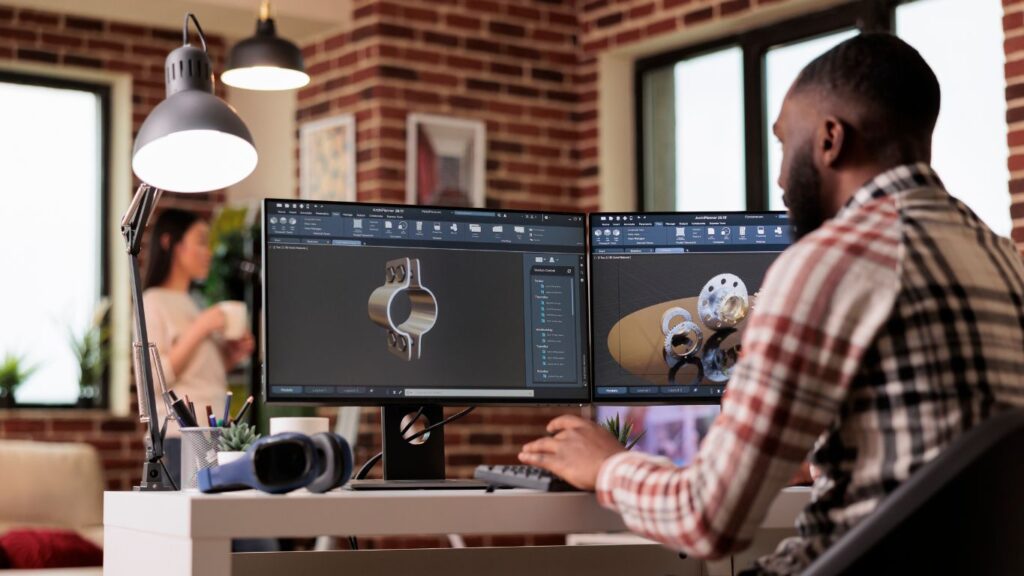
Prototyping services are constantly in demand, since startups and major companies both require fast, low-cost models to check form, fit, and function before production in large runs. This application is the largest segment of the global 3D printing market. Also, providing quick turnaround times is a significant competitive advantage, freeing customers from considerable development time and money.
Investment Needed: ₹1,00,000−₹5,00,000 (for middle-grade FDM/SLA setup)
Profit & ROI: 30% to 70% gross margins can be achieved, with ROI likely in 6-12 months with a consistent client base.
How to Start:
- Get good quality industrial-grade printers.
- Master CAD software and material science.
- Create a professional portfolio of successful projects.
- Approach local manufacturers and design agencies.
2. Customized Products

Customized product firms take advantage of 3D printing’s mass customization potential, offering customers customized products to their own specifications, i.e., customized gifts, personalized gadget accessories, or custom-made figurines. This niche is a high-priced one because the product is a customized one, typically emotionally priced by the buyer.
Success relies on a smooth online design-to-order process and extreme focus on a high-quality customer experience in order to manage custom orders well. Moreover, the low cost of entry for desktop printers makes it a common starting point for entrepreneurs exploring 3D Printing Business Ideas.
Investment Needed: ₹50,000 – ₹3,00,000 (for mid-range FDM/SLA/Resin setup and e-commerce platform fees)
Profit & ROI: Gross margins are likely to be 40% to 80% due to the high-value nature of personalization. ROI is possible within 4-8 months with effective digital marketing.
How to Start:
- Develop a niche catalog of designs and styles of customizations.
- Have an easy-to-use e-commerce platform (Shopify, Etsy) with a simple order process.
- Target marketing to social media and target advertising to targeted customer niches.
- Obtain good-quality, visually appealing materials such as full-color sandstone or smooth resin.
3. Footwear

The niche for footwear is to create prescription insoles, personal shoe lasts (molds), or specialty functional components for high-performance footwear from flexible but durable materials such as TPU (thermoplastic polyurethane). The business is in high demand for its ability to produce patient-specific comfort goods, such as orthotics, which require precise dimensions for medical fit.
The company also caters to upscale fashion houses by forming geometries impossible to create with standard molding. High-end printers and expertise in permanent flexible material science are required for success in this domain.
Investment Needed: ₹2,00,000 – ₹7,00,000 (for large-format, flexible filament/SLS printers)
Profit & ROI: Margins may be up to 40% to 65%. ROI is typically longer (12-18 months) since professional, high-performance printers and materials for functional parts are more expensive.
How to Start:
- Buy industrial printers that can print permanent, flexible materials (e.g., FDM/SLS with TPU/Nylon).
- Partner with podiatrists or custom shoe makers to obtain functional specifications.
- Master 3D scanning technology for accurate foot or last measurement.
- Highlight durability and comfort as the main selling points.
4. Collectibles

This scheme is based on the direct sale of exclusive, limited-edition, or fan-made figurines, ornate sculptures, and customized display items to hobbyists and collectors. The inherent value lies in the high-end finish detail and exclusivity of the 3D sculpts, namely to committed fan groups like tabletop gamers or pop culture enthusiasts. High-detail resin printing is typically desired to achieve the silky smooth finish and subtle details needed for gallery-level display. Success is based on solid 3D sculpting ability and access to active, enthusiastic online forums.
Investment Needed: ₹30,000 – ₹2,00,000 (in high-detail Resin/SLA printers and post-processing equipment)
Profit & ROI: Margin of 50% to 90% on one-off, highly desirable collectibles. Quick ROI (3-6 months) is possible if the niche is correctly established.
How to Start:
- Produce high-quality 3D prints with a lot of detail.
- Use resin printers for a glossy, gallery-quality finish.
- Build a following on social media (Instagram, TikTok) and niche forums (Reddit).
- Offer painting and finishing services for a premium.
5. Jewelry

Jewelry printing leverages high-res 3D printing to create highly detailed and fragile wax or resin patterns that are used for investment casting into final metal parts (e.g., gold, silver). This process allows designers to produce very complex, lightweight, or organic forms that are too complex or time-consuming to execute with standard metalcraft techniques. This business serves custom-order customers who desire unique engagement rings and wholesale fashion companies that need rapid prototyping of new collections. Smooth finish surface and high accuracy are essential for success.
Investment Needed: ₹1,00,000 – ₹4,00,000 (for high-resolution micro-SLA printers and special properties castable resin)
Profit & ROI: Margins are high, between 40% to 75%, depending on whether you are creating the final object or printing the castable mold only. ROI is typically achieved within 6-12 months.
How to Start:
- Buy a high-precision SLA printer and jeweler-specific castable resins.
- Become proficient in CAD software like Rhino or Matrix for detailed geometry design.
- Get into a partnership with a metal casting house if all you are making is the mold.
- Show professional photographs of highly detailed designs online.
6. Art

This business has expertise in creating original, large, or geometrically complicated artistic sculptures, installations, and gallery art for private or public clients. 3D printing makes it possible to create intricate shapes and undercuts requiring minimal or no assembly, pushing the boundaries of traditional sculpting materials and processes. Entrepreneurs exploring 3D Printing Business Ideas can leverage this technology to offer unique, customizable, and high-demand artistic or functional products.
The customer base is predominantly art collectors, interior designers, and galleries in need of statement artworks and commissioned pieces. The ability to print with special materials and execute high-grade post-processing is needed in order to achieve a gallery-level.
Investment Needed: ₹2,00,000 – ₹10,00,000+ (for large-format FDM or niche composite/powder printers)
Profit & ROI: Margins are volatile, often 40% to 95%, based on the artist’s credibility and the selling price of the artwork. ROI depends on securing a few high-ticket commissions.
How to Start:
- Acquire or gain access to large-scale print facilities.
- Achieve post-processing techniques (metal plating, paint, and smoothing) to attain a luxury finish.
- Network with galleries, architects, and interior designers.
- Develop an artistic portfolio depicting the unique shapes enabled by the technology.
7. Product Add-ons
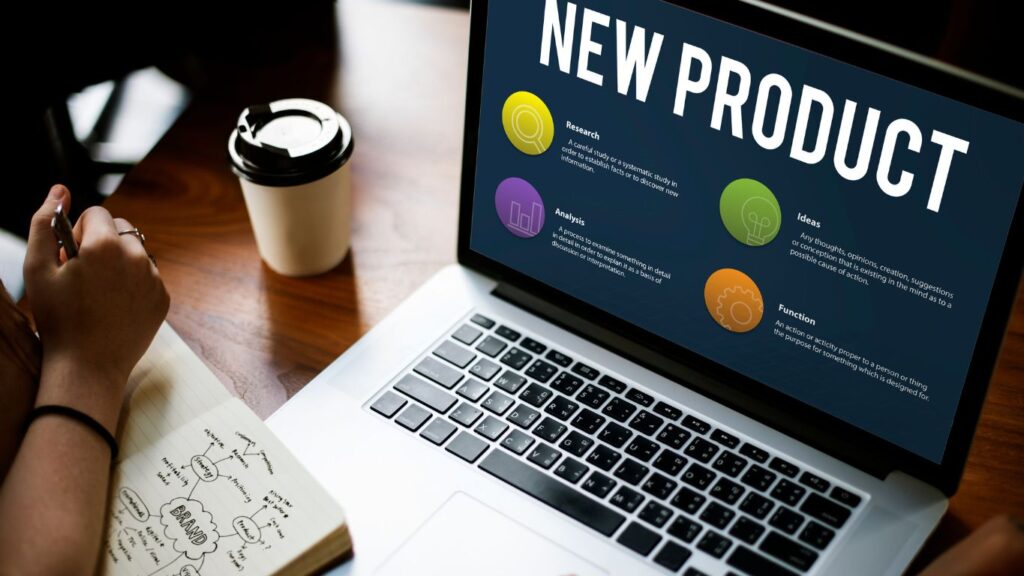
One of the ways 3D printing is used to create new business models is the production of personalized accessories, upgrades, replacement parts, or functional changes of standard commercial products for niche groups of end-users. Exploring 3D Printing Business Ideas can help entrepreneurs meet the user’s need for pain relief or improve the product’s functionality that the manufacturer hasn’t thought of (for example, custom camera mounts, specialized drone mounts, or ergonomic handle grips). The production is of low cost and also involves quick design iteration and a quick-to-market approach.
Investment Needed: ₹40,000 – ₹2,50,000 (on quality FDM printers and selection of engineering filaments)
Profit & ROI: 45% to 75% margins are standard. Return on Investment can be quick (4-8 months) if a highly desired accessory is designed successfully.
How to Start:
- Study a global issue or a missing add-on for a very popular product line (e.g., a particular adapter or mount).
- Design and rigorously test the part for fit, function, and durability.
- Retail via online stores, utilizing keywords for the product the add-on was designed to enhance.
- Gather customer reviews to build credibility and trust.
8. 3D Printing Education
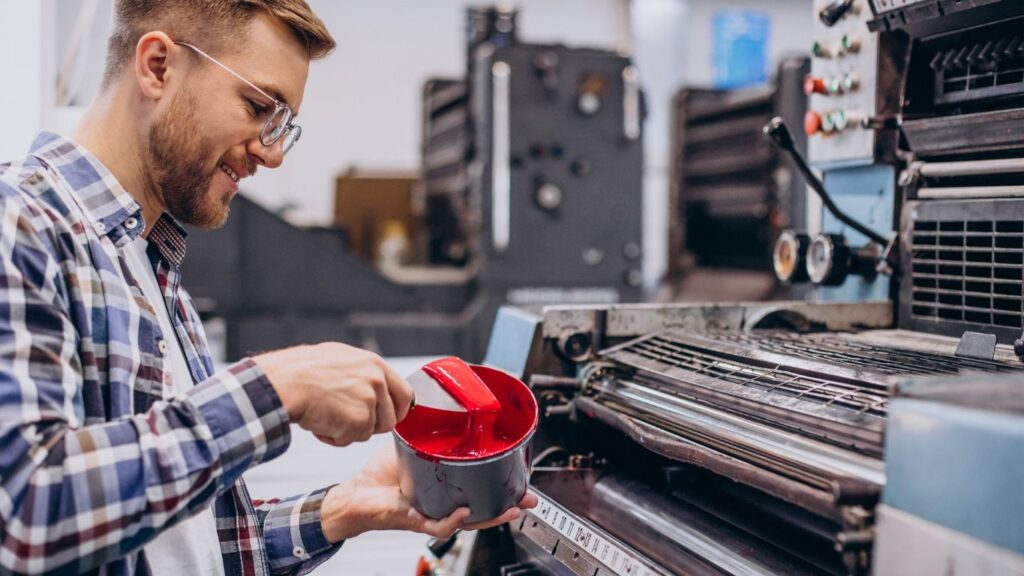
A great part of the company’s concern is to impart the necessary knowledge and skills in marketing through organizing workshops, offering detailed online courses, and providing customized corporate training which is specially designed for corporate clients. The company is targeting the use of one of the most innovative and promising technological sectors, i.e., 3D printing in the educational field, home users, and companies which are willing to implant the additive manufacturing technology in their business processes, making it a fertile area for exploring 3D Printing Business Ideas.
Moreover, it has minimal overheads, which mainly consist of content development for instruction, and demands practical communication skills to explain intricate technical procedures in simplified terms.
Investment Needed: ₹20,000 – ₹1,00,000 (for the production of instructional content, demo printers, and marketing/software)
Profit & ROI: The returns on this business are huge and are in the range of 60% – 90% as the main cost is either intellectual property or the instruction time.
How to Start:
- Develop an official syllabus for beginners, intermediates, and advanced users.
- Sell both pre-recorded video courses and live hands-on sessions.
- Collaborate with schools, libraries, or community centers as teaching locations.
- Showcase expertise by blog or YouTube presence.
9. Robotics
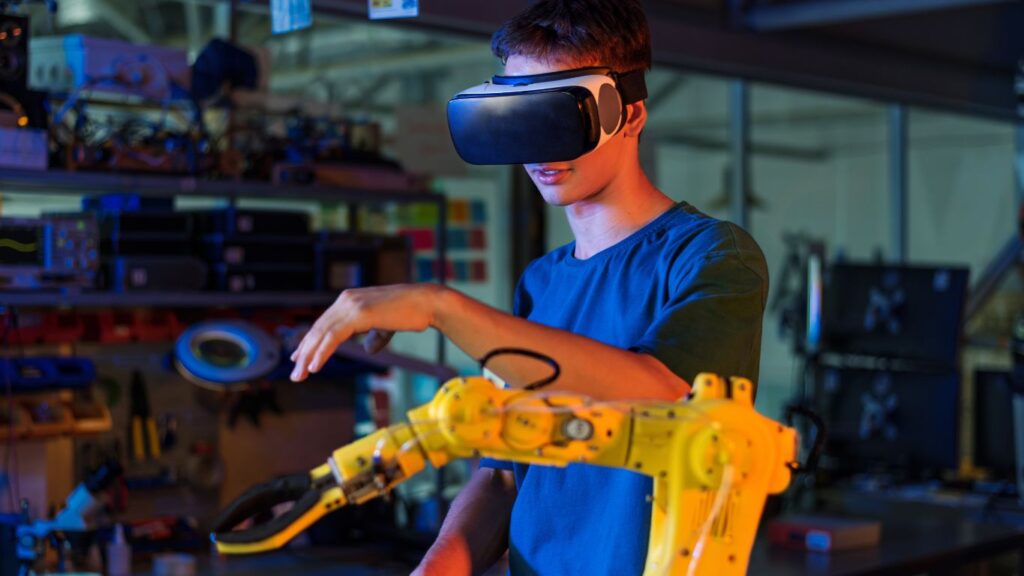
3D printing is applied in the robotics industry to print personalized, light, and intricate parts such as specialty end-of-arm tooling, structural brackets, and intricate joints for automated machinery. The main advantage is the ability to produce light, yet robust parts with intricate inner structures in high-performance materials like carbon fiber-filled nylon. This enhances robotic performance and facilitates faster and cheaper prototyping of unique robot components.
Investment Needed: ₹2,00,000 – ₹8,00,000 (for FDM/SLS printers allowing high-strength Nylon and Carbon Fiber materials)
Profit & ROI: Margins are possible between 35% to 60%. ROI is achieved through repeat orders from robotics startups and engineering companies, typically 12-18 months.
How to Start:
- Specialization in high-strength, light-weight materials like Carbon Fiber-filled Nylon.
- Local research laboratory and industrial automation targeting.
- Expertise in ‘Design for Lightweighting’ techniques (lattice structures).
- Fast iteration service delivery to keep in line with the fast pace of robotics development.
10. Smartphone Cases
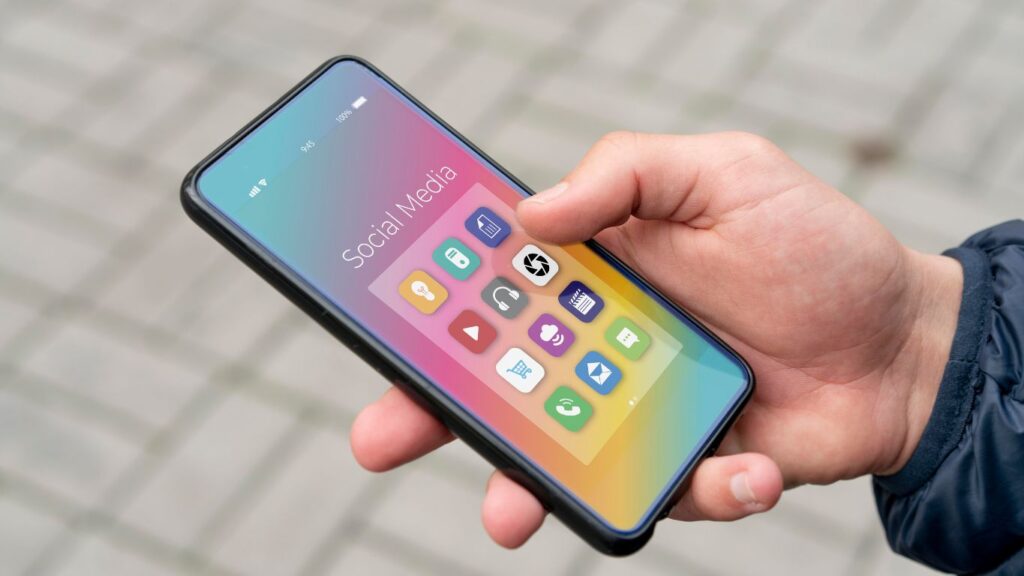
This is a high-volume, low-margin business committed to making mass-customized, one-of-a-kind, and often visually stylized phone cases with a definite point of differentiation from commoditized factory-form versions. The success of the company is having a high volume and a hugely efficient online ordering system, allowing personalization, such as unique textures, geometric patterns, or custom engraving—often designed using advanced Photo Editing Software. Durability and new phone model compatibility are the key concerns.
Investment Needed: ₹50,000 – ₹3,00,000 (for good, high-volume FDM/Resin printers)
Profit & ROI: Lower margins, around 25% to 45%, but high volume makes up for it. ROI can be quick (4-6 months) if marketing is strong.
How to Start:
- Master weird textures, geometries, or custom engraving.
- Buy licenses for best-selling phone models (CAD files).
- Use durable and slightly flexible materials (e.g., TPU, PETG).
- Use social media influencers to market products.
11. Home Decor

The home decor niche is the production of decorative items like vases, unique lamp shades, pots, and desktop organizers for direct consumers as well as interior design professionals. The value proposition is the ability to create large, trendy pieces with complex, organic, or geometric patterns that are very hard to make using traditional rotation or injection molding. Moreover, this business relies heavily on design sensibilities and the application of nice filaments like wood-filled or silk-finish PLA to appeal to the consumer market.
Investment Needed: ₹50,000 – ₹3,50,000 (on high-end FDM printers and aesthetic materials like wood-filled or silk filaments)
Profit & ROI: Margins are average, between 35% and 60%. ROI can be achieved in 6-12 months.
How to Start:
- Use aesthetic design and new finishes.
- Sell to interior designers and home furnishings sites (e.g., Wayfair, Etsy).
- Provide eco-friendly or compostable materials (e.g., PLA) as a selling feature.
- Invest time in excellent post-processing to hide layer lines.
12. Medical Models and Training Tools
This highly specialized niche involves designing very accurate, realistic, and highly adaptive models for medical school education, patient consultation, and surgery. The models are highly critical since they need to closely simulate human tissue, bone, and organs in terms of both appearance and tactile sensation, requiring multi-material printing technologies. Exploring 3D Printing Business Ideas in this domain can offer innovative opportunities, as the service helps surgeons practice complex procedures and aids patient education, demanding high regulatory requirements and collaboration with medical professionals.
Investment Needed: ₹3,00,000 – ₹15,00,000+ (for multi-material, high-fidelity PolyJet/SLA machines and specialty bio-compatible resins)
Profit & ROI: Margins are very high, usually 60% to 90%, due to the specialist nature and value to medical professionals. ROI is longer (18-24 months) due to equipment cost and certification requirements.
How to Start:
- Obtain access to multi-material printers (mimicking bone and soft tissue).
- Get necessary regulatory compliance and certifications.
- Target medical schools, hospitals, and pharma companies for training.
- Coordinate with radiologists in order to have accurate patient data interpretation for 3D models.
13. Architectural Models

The commercial work of architectural model making is to make highly detailed, often multi-colored, physical models of buildings, campuses, or city plans for architects, real estate builders, and city planners. The speed of the technology makes it possible to make rapid iterations of the model as the design evolves, a bonus over traditional model-making. The value is in providing a physical, stunning presentation model with clients able to see the finished building, often requiring large-format printing and meticulous assembly skills.
Investment Needed: ₹1,50,000 – ₹6,00,000 (for big-format FDM or full-color CJP/MJF printers)
Profit & ROI: Margins are 40% to 70%. ROI hinges on securing large contracts, which can be feasible in 9-15 months.
How to Start:
- Master color printing and quick assembling of large models.
- Research local architectural companies and property developers.
- Prioritize accuracy and speedy turnaround for project deadlines.
- Offer presentation-quality finishes and customized lighting.
14. Gaming Accessories
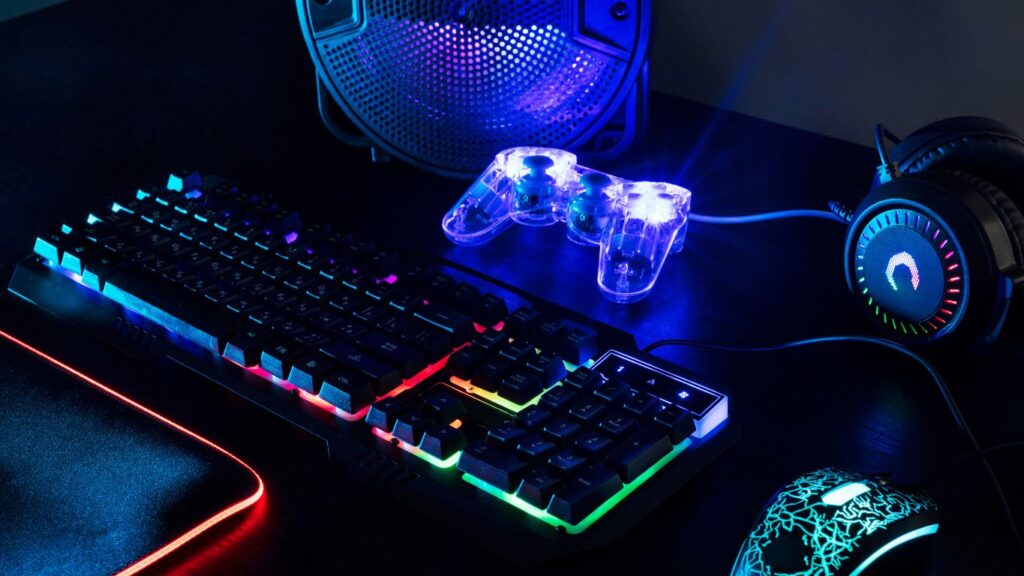
This business sells custom peripherals like controller stands, substitute thumbsticks, personalized sets of buttons, headset holders, and organizers to the vast and enthusiastic gamer base. Economical manufacturing makes ongoing product development based on recent trends in gaming and the opinions of others possible, providing custom products not found in mass markets. Success comes from identifying a popular accessory requirement and creating a product that is both functional and aesthetic to a niche group.
Investment Needed: ₹40,000 – ₹2,50,000 (for quality FDM/Resin printers and other aesthetic/durable filaments)
Profit & ROI: Margins are strong at 40% to 75%. Quick ROI (3-6 months) can be obtained by targeting an enthusiast gaming community.
How to Start:
- Design practical, ergonomic, and aesthetic accessories.
- Sell through dedicated e-commerce, Amazon, and gaming marketplaces.
- Partner with gaming influencers and streamers for reviews and promotion.
- Offer personalized engraving or custom color schemes.
15. 3D Printer Rentals
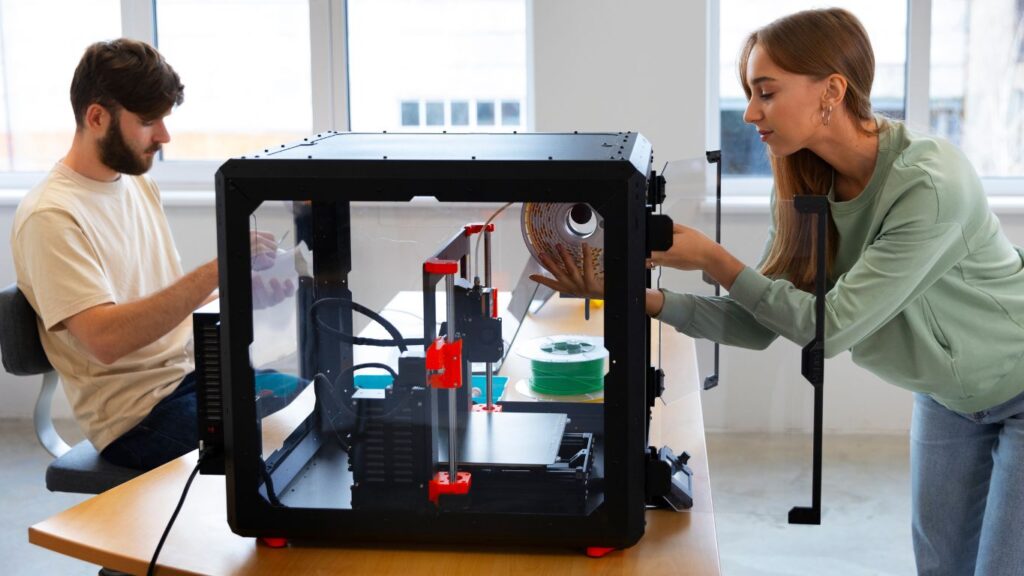
This model is leasing high-end industrial or desktop 3D printing equipment and related equipment (scanners, post-processing machines) to businesses, schools, or individual makers for short-term projects, events, or workshops. The company is providing access to expensive equipment without the customer needing to make a significant capital outlay.
This is highly attractive to start-ups or companies that are doing short-term R&D projects. Similarly, a Photography Business can benefit from renting high-end cameras and lighting equipment, reducing upfront costs while maintaining quality. Overhead is enormous due to the capital investment in the fleet of printers and maintenance, yet rental fees are profitable.
Investment Needed: ₹5,00,000 – ₹10,00,000+ (to purchase a fleet of various quality, dependable printers)
Profit & ROI: Profit is figured on a rent rate by the day/week, usually 25% to 50%.
How to Start:
- Buy a fleet of diverse, in-demand printers (FDM, SLA, possibly even industrial).
- Develop an effective contract, insurance, and maintenance schedule.
- Target corporate R&D teams, event planners, and schools.
- Offer mandatory training/support sessions to prevent equipment damage.
How to Start a 3D Printing Business in India
It takes a complex strategy that deals with the market and local logistics to set up a 3D printing business in India. Your success in this booming market depends on the path you take.
- Implement Market Analysis and Niche Selection: You are required to conduct market research in order to identify the most lucrative 3D printing business ideas available in your area
- Legal Formalities and Registration: Proper formal business registration is required to run your business legally. You can choose to have a structure like Sole Proprietorship or Private Limited Company and ensure that you register under Goods and Services Tax (GST) if your turnover does reach beyond the limit, which is very crucial for compliant taxation and invoicing.
- Invest in Equipment and Finance: The initial investment needed can be as little as ₹50,000 for a home-based business or above ₹5,00,000 for factory-based services. Plan a robust financial plan to arrange equipment, materials, software licenses, and operational costs prior to taking advantage of self-funding or small business finance.
- Create a Strong Online Presence: A proper website is your 24/7 storefront where customers can upload design files or check custom products. Apart from that, social media marketing on social media platforms like Instagram and LinkedIn is necessary to showcase your expertise and reach potential B2B and B2C customers effectively.
Resources & Community
Access to the proper people and access to good information are the keys to long-term success and growth in the rapidly evolving 3D printing industry.
- Internet Sites: Leverage popular sites like Thingiverse and Cults3D that are huge virtual libraries with an extensive range of available design files to begin a project or find inspiration.
- Forums and Groups: Actively participate in local online groups as well as niche Facebook groups to connect directly with other enthusiasts, share details about technical problems, and converse with prospective clients or partners.
- Educational Resources: Search for the numerous online lessons offering formal learning, particularly on gaining control of the complexity of major Computer-Aided Design (CAD software, central to bespoke design work.
- Workshops in Local Areas: Look for professional training that is provided through workshops in India’s major cities, offering experiential, hands-on learning in sophisticated printer handling and maintenance techniques.
- Networking: Recognize that successful networking is imperative to gaining access to good information and partnerships required for continuous professional development and finding new market opportunities.
Tips for Success
Making your 3D printing venture seriously profitable requires smart business skills and a keen focus on delivering improved results.
- Quality Orientation: Provide consistently good prints through careful post-processing and finishing techniques to attain client satisfaction and create enduring customer confidence.
- Premium Pricing: With superior quality, you earn a reputation that is worthy of charging premium prices for your services and it also distinguishes you from the rest who aim only for low-cost, low-quality output.
- Niche Specialization: Rather than attempting to serve all markets, strategically specialize in one specific niche that demonstrates high market demand and high-profit margins.
- Vital Niches: Target high-margin markets such as producing precise medical models for surgery planning or custom manufacturing jigs and tools for industrial clients.
Challenges & Considerations
Just like with any niche market, the 3D printing industry comes with its own set of challenges that must be appropriately managed to ensure long-term business viability and health.
- High Initial Cost: Be ready for the reality of a hefty upfront payment needed to procure industrial-grade printers, as required for quality and quantity, and professional design software licenses.
- Return on Investment (ROI): Develop a comprehensive and strenuous business plan with a well-defined strategy to ensure the achievement of the desired ROI on expensive capital equipment, offsetting the high initial cost.
- Material Costs: Budget for the ongoing cost of materials, as good-quality filaments and resins can be expensive, and make sure that the materials are stored correctly to maintain their quality and printing ability.
- Regular Maintenance: Establish a strict routine for everyday printer maintenance in an effort to help prevent unexpected breakdowns, lower costly downtime, and extend the life of your expensive equipment.
- Consistent Quality: Regard maintenance as an investment in the form of the ability to consistently generate quality print on all jobs, critical in retaining customers and setting the overall long-term viability of the company.
Conclusion
The range of 3D printing business ideas is huge. From specially tailored consumer goods to key industrial prototypes, the technology is focused on exponential growth through innumerable industries. To truly capitalize on this trend for the success of their ventures, prospective entrepreneurs must have a culture of relentless innovation.
This involves not only staying abreast of new material science and printer technologies but also actively seeking unserved market demand where additive manufacturing or recycling business ideas can offer a superior or lower-cost alternative.
By choosing a clearly defined niche, absolutely maintaining quality in all products, and actively staying connected with the global and local community, Indian entrepreneurs are best placed to create highly successful, innovative, and sustainable businesses that chart the course of manufacturing.
FAQs
Is a 3D printing business profitable?
Indeed, it can be highly profitable, mainly when it targets niche services like custom jewelry, surgical models, or low-volume functional prototypes, often achieving gross profit margins of 30-70%.
What is the best-selling 3D printed item?
Handy items like custom phone holders and cable ties, personalized keychains, and highly detailed miniatures for the gaming hobby are consistently the best-selling and most sought-after 3D printed items.
Can I start a 3D printing business from home?
Yes, many successful 3D printing businesses are started from a home setup using good desktop printers, selling through e-commerce channels, custom or specialty items like home furnishings or personalized gifts.
What are the seven major types of 3D printing?
The seven major types are Material Extrusion (like FDM), Vat Photopolymerization (SLA/DLP), Powder Bed Fusion (SLS), Material Jetting, Binder Jetting, Directed Energy Deposition, and Sheet Lamination.
Can a 3D printer make real money?
Yes, it can because a 3D printer can make a lot of money by producing valuable products, offering on-demand printing services to businesses, or creating original product models and selling them online globally.
 Get 50% off on Vault theme. Limited time offer!
Get 50% off on Vault theme. Limited time offer!